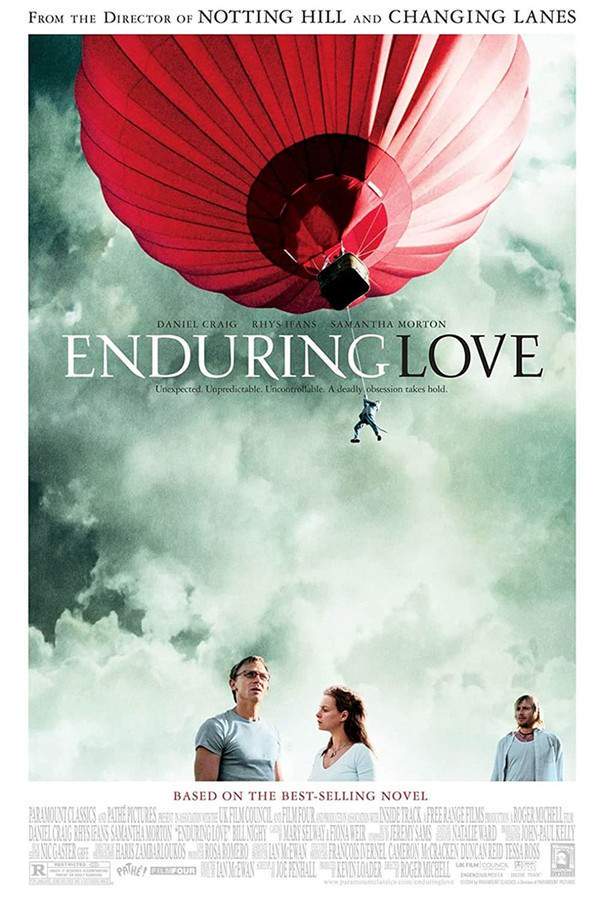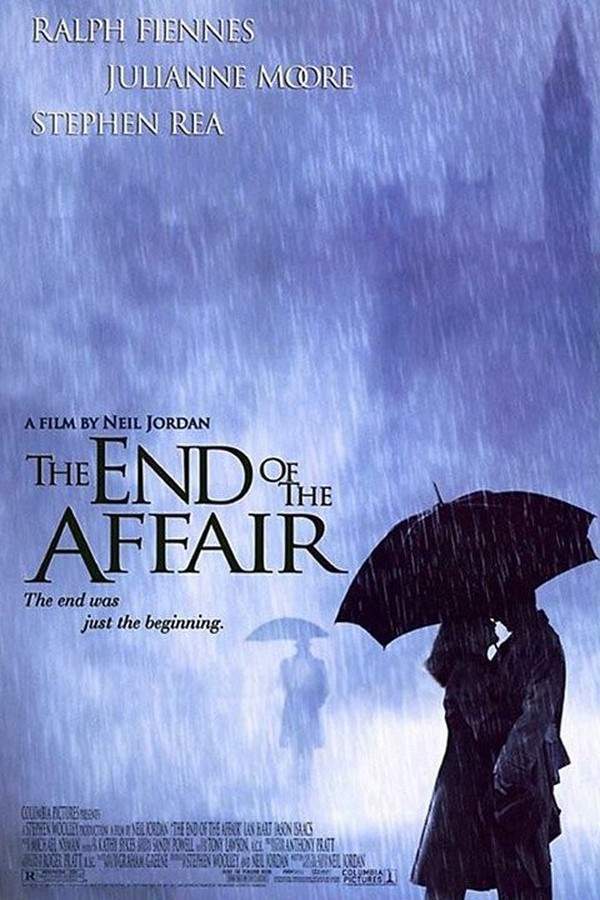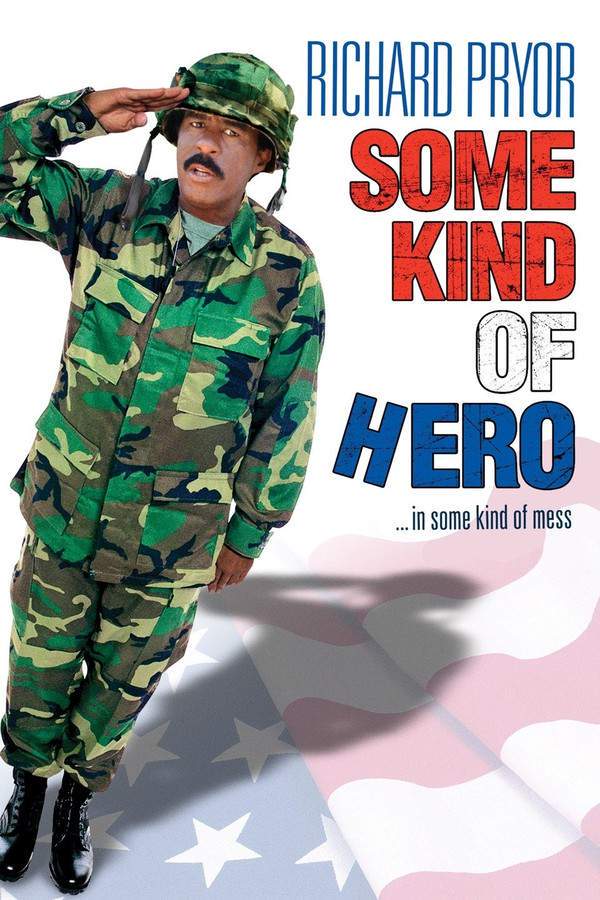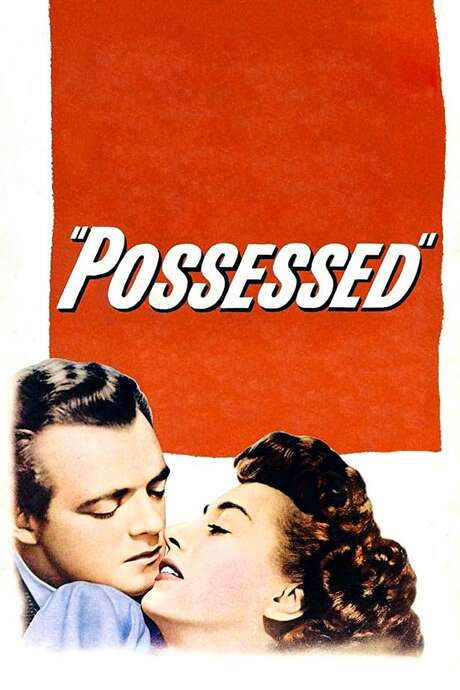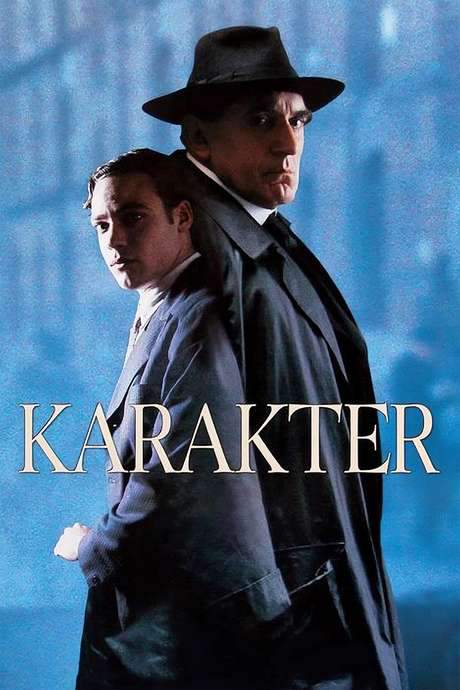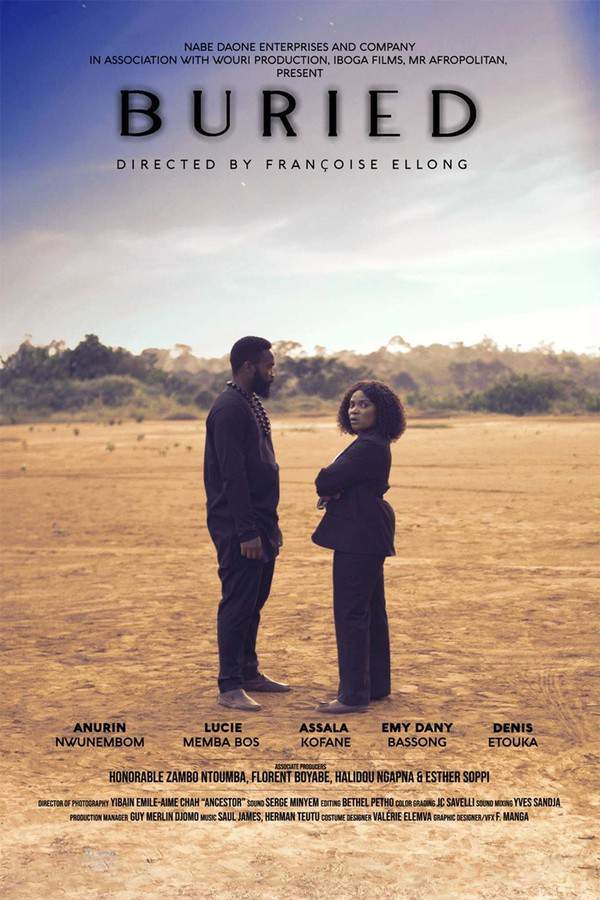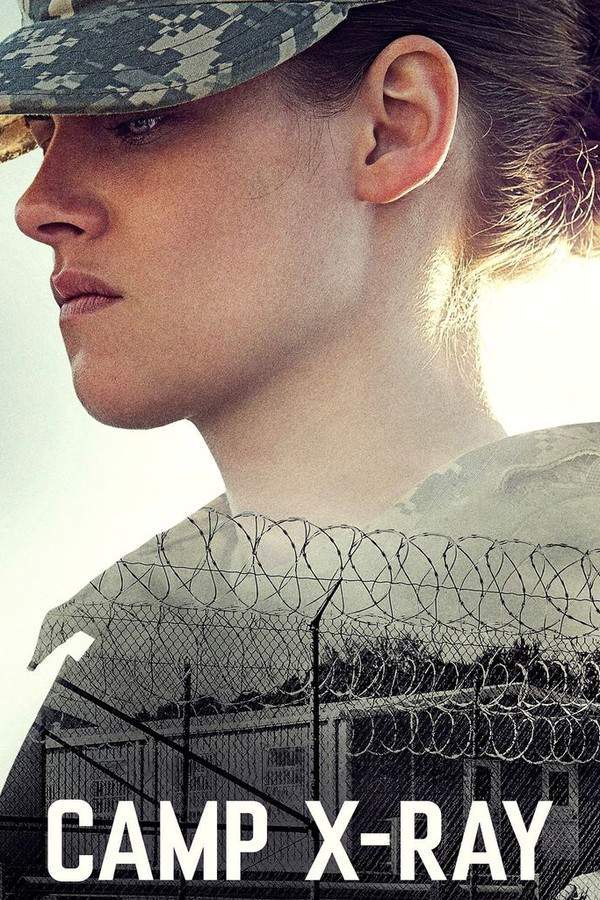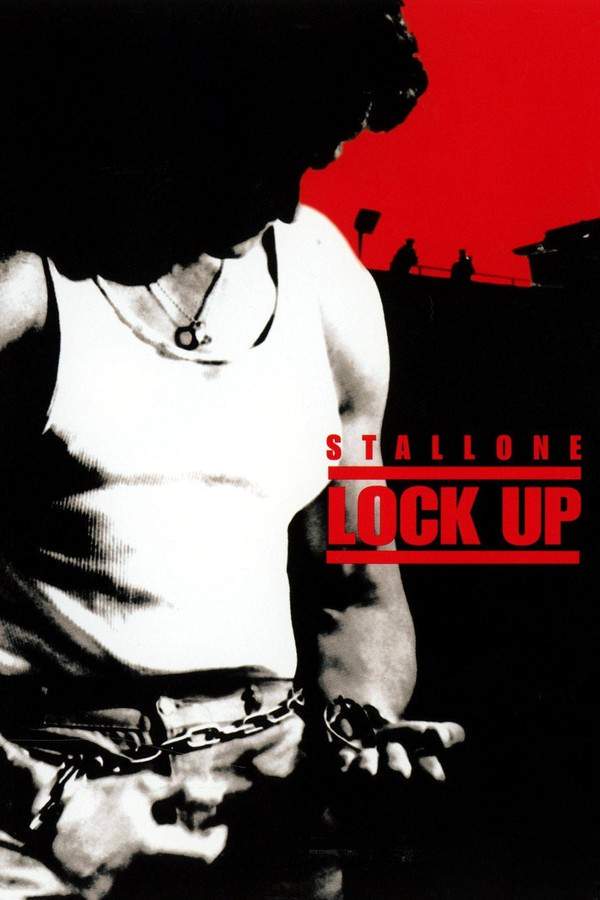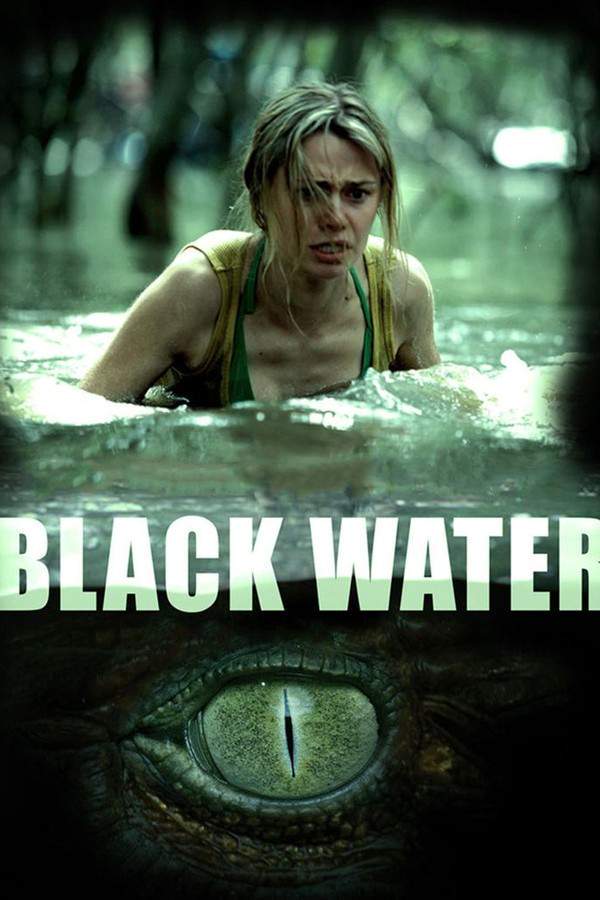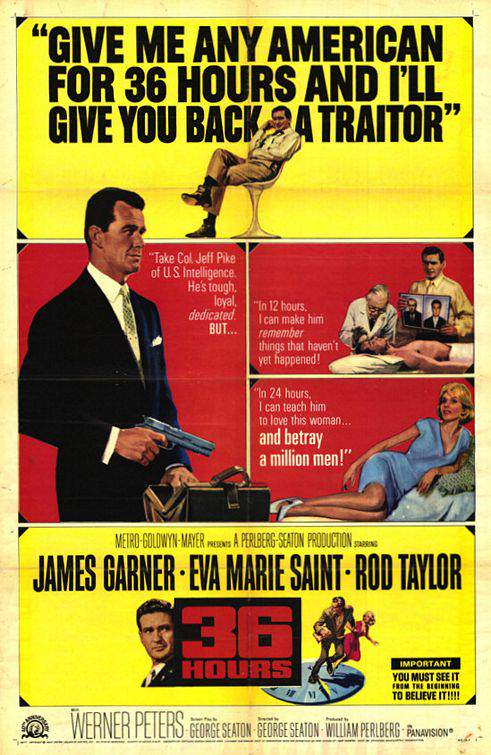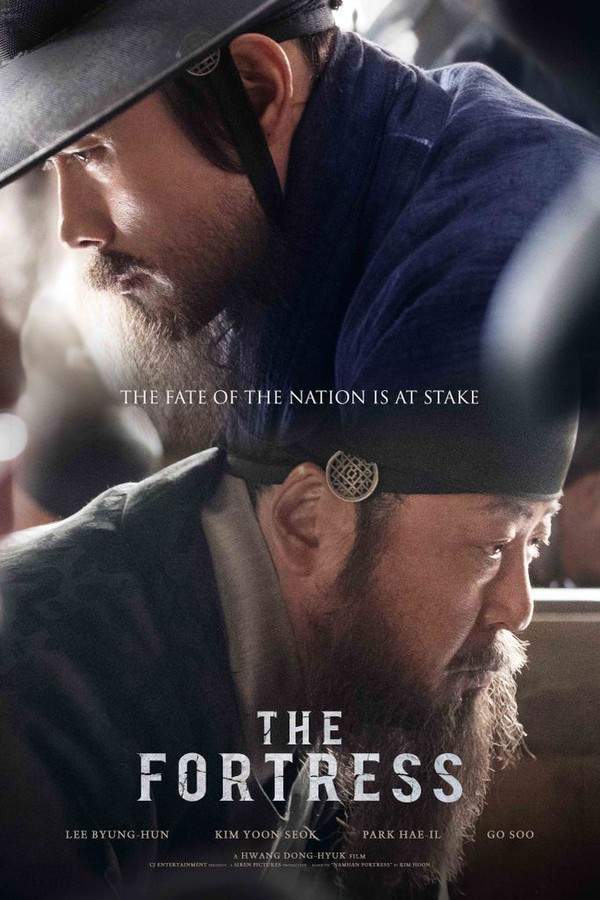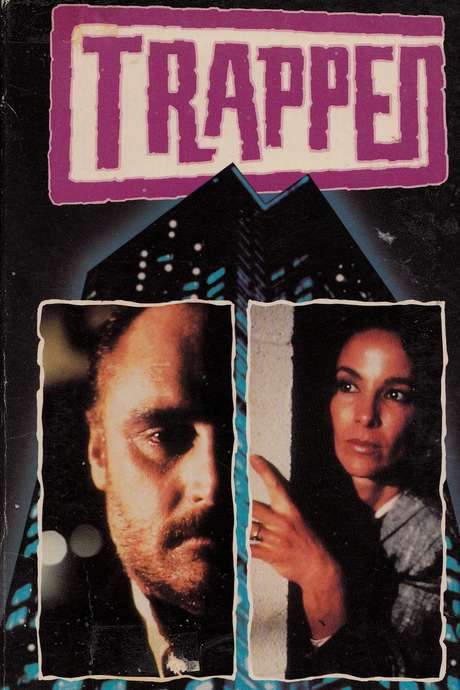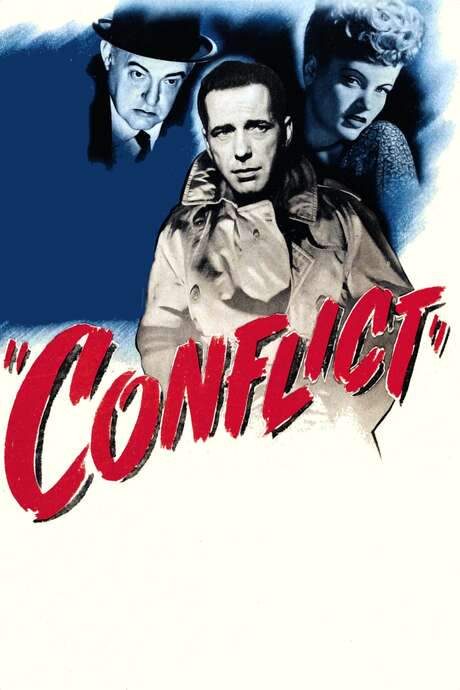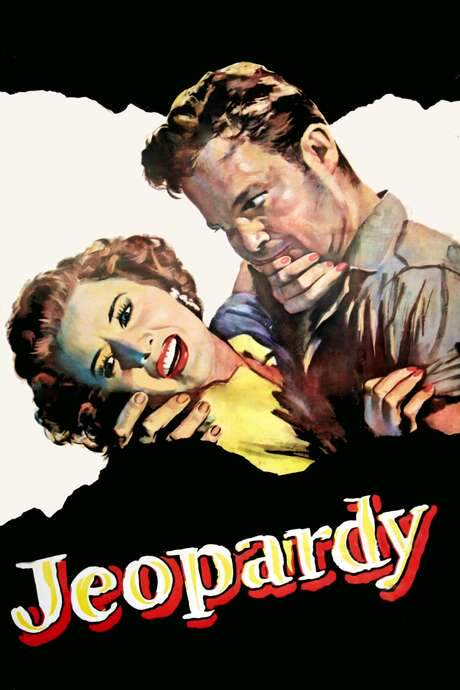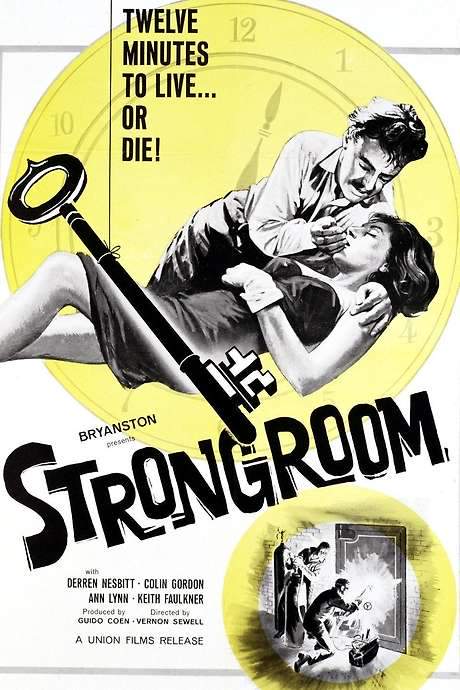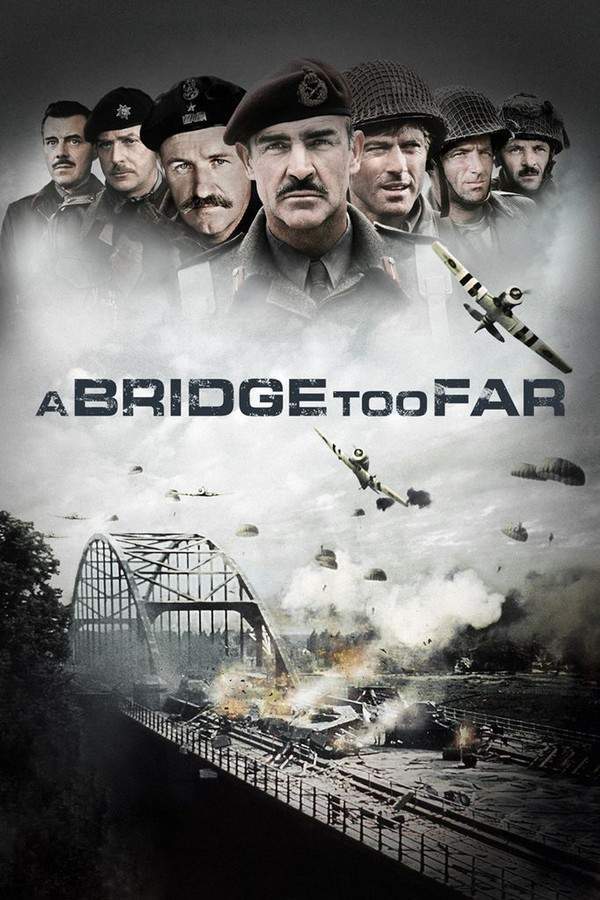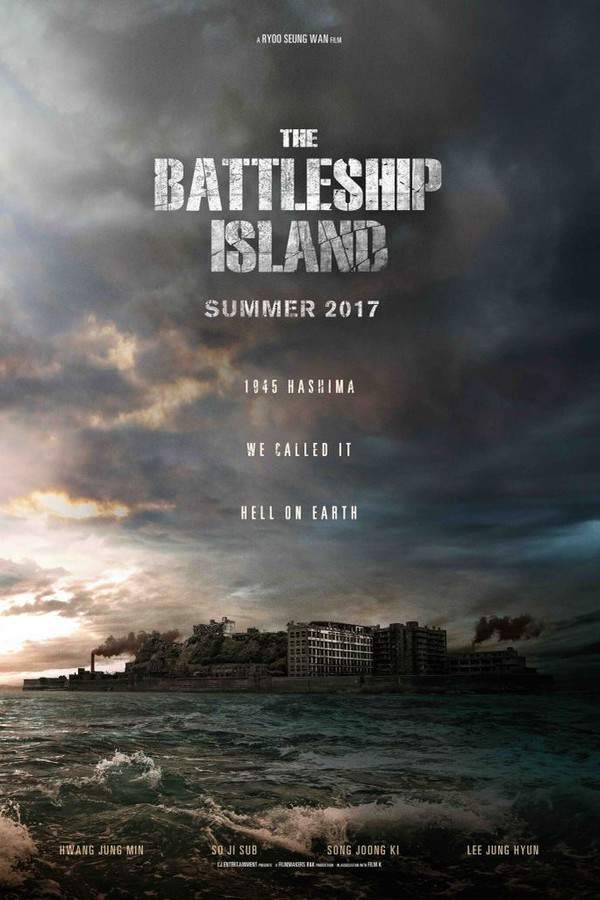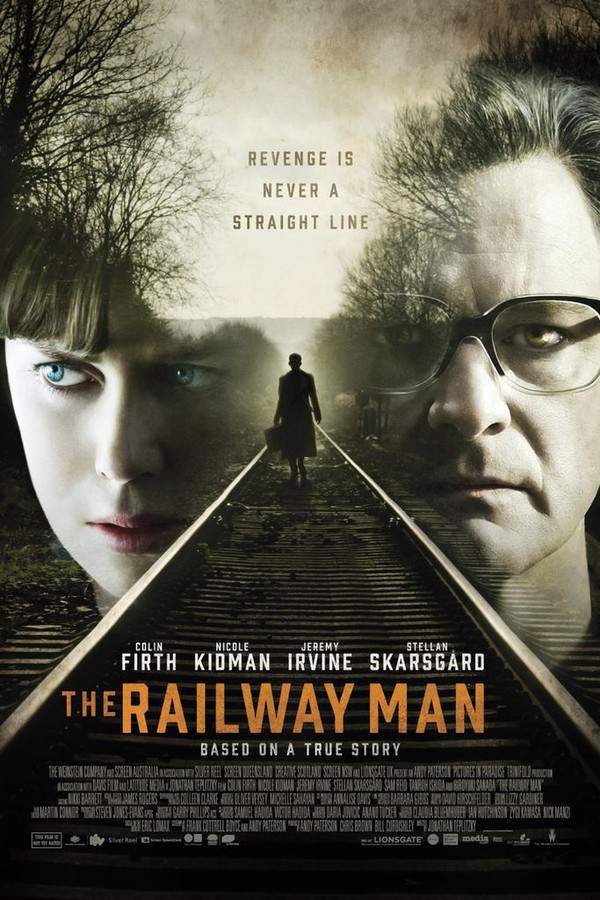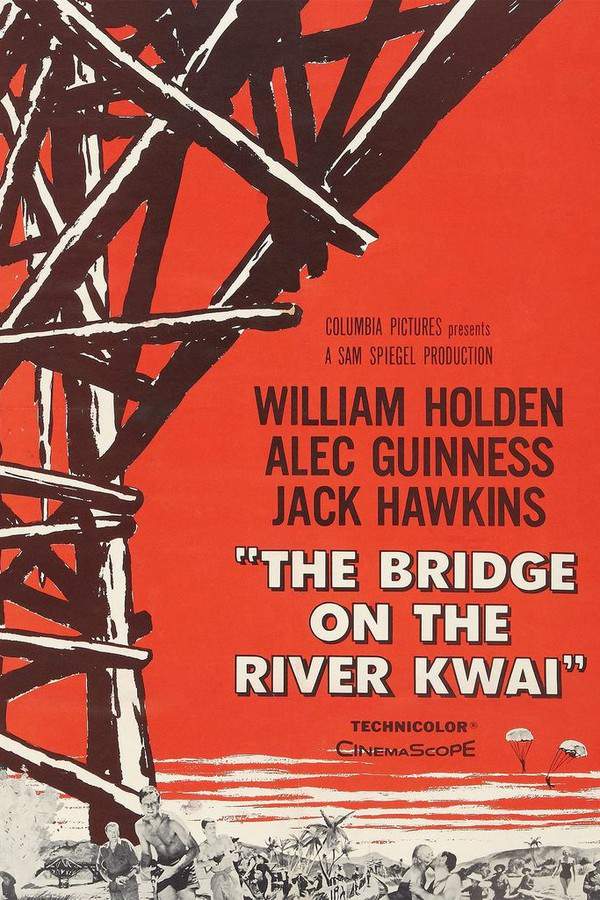
The Bridge on the River Kwai
Year: 1957
Runtime: 161 min
Language: English
Director: David Lean
Budget: $3M
During World War II, Allied prisoners of war are forced by their Japanese captors to build a bridge across the River Kwai in Burma. A British colonel, obsessed with maintaining discipline and completing the project as a testament to British engineering, clashes with American officers who plot to sabotage the structure. The conflict escalates into a tense battle of wills with far-reaching consequences for both sides.
Warning: spoilers below!
Haven’t seen The Bridge on the River Kwai yet? This summary contains major spoilers. Bookmark the page, watch the movie, and come back for the full breakdown. If you're ready, scroll on and relive the story!
The Bridge on the River Kwai (1957) – Full Plot Summary & Ending Explained
Read the complete plot breakdown of The Bridge on the River Kwai (1957), including all key story events, major twists, and the ending explained in detail. Discover what really happened—and what it all means.
Two prisoners of war are engaged in a solemn task, burying a corpse in the graveyard of a Japanese World War II prison camp located in southern Burma. One of them, American Navy Commander Shears, has a strategy to secure his comfort; he frequently bribes the guards to get sick duty, thus allowing him to dodge the grueling labor that awaits most prisoners.
A fresh group of British prisoners arrives, marching proudly while whistling the Colonel Bogey March, under the command of Colonel Nicholson. Nicholson emphasizes obedience, stating that the prisoners must comply with orders since they have surrendered upon the orders of their superiors. However, the Japanese camp commander, Colonel Saito, is adamant that all prisoners, regardless of their ranks, will participate in the construction of a bridge over the Kwai River for a railroad that connects all of Burma.
The tension escalates when Saito demands everyone work, while Nicholson insists that his officers are exempt from manual labor due to the Geneva Conventions. After a violent confrontation where Saito threatens to execute officers, he is eventually persuaded to reconsider by Major Clipton, a British medical officer among the captives, who warns that killing officers would lead to a scandal. Saito relents but leaves Nicholson and his officers to endure the harsh sun, resulting in the collapse of one of his men. Later, Nicholson faces further brutality when he is beaten in Saito’s quarters and thrown into solitary confinement.
As construction on the railroad bridge lags, primarily due to deliberate mishaps orchestrated by the British prisoners, Saito finds himself under immense pressure to complete the project. If he falters, it will lead to his dishonor and possibly Seppuku (ritual suicide). Reluctantly, he grants Nicholson an “amnesty” to commemorate a Japanese victory, allowing the officers to avoid labor. With newfound freedom, Nicholson strides through the camp, filled with pride.
Post-ordeal, though physically intact, Nicholson is taken aback upon inspecting the disarray at the construction site. Determined to outdo his captors, he orders Captain Reeves and Major Hughes to devise better plans for the bridge, hoping to showcase British ingenuity and boost morale amidst the grim atmosphere of captivity.
Meanwhile, Shears and two others make a valiant escape attempt. Tragically, two are killed during their flight; Shears, shot and swept away by the river, eventually finds himself in a Siamese village where the locals nurse him back to health. He ends up in a British hospital in Colombo, Sri Lanka, where he becomes embroiled with a charming nurse.
One day, Major Warden from the British Special Forces requests an audience with Shears. He’s on a perilous mission to demolish the Kwai bridge and believes Shears’ local knowledge would be invaluable. Shears, however, reveals that he is not a Commander, but merely an enlisted Navy man who assumed the identity of a deceased officer for better treatment in captivity. After a moment of dilemma, Warden offers him a simulated rank in exchange for his aid on the operation, which Shears ultimately accepts, realizing survival is paramount.
Back at the prison camp, Nicholson successfully convinces the Japanese that a more suitable location for the bridge should be chosen. In a moment of surprising maneuverability, he abandons the original structure for a new one, instructing his men fervently as the deadline approaches. Clipboard, however, can only observe in disbelief as Nicholson fervently pushes his men, even allowing junior officers to lend a hand, which stands in stark contrast to his former stance regarding labor.
Simultaneously, the commandos make their descent from the skies. Unfortunately, one officer’s parachute misfires, resulting in fatal injury. With assistance from village chiefs and porters, they maneuver toward the river, but they are confronted by a Japanese patrol. In the chaos, Warden springs into instant action, but not without consequence as he suffers a gunshot wound. Nonetheless, Shears refuses to abandon his fellow operatives, and they push on toward their target.
As the prison celebrates the bridge’s completion, hidden plans unfold beneath it as Shears and Joyce wire explosives. The morning light brings a surreal realization as they see the explosives exposed due to the river’s receding waters. Nicholson, filled with pride, inspects the bridge when chaos ensues—an explosive revelation that shatters confidence. As train tracks ready for use by a Japanese train filled with soldiers, a confrontation ignites with Nicholson, Saito, and Joyce caught in a crossfire.
In a moment of impending doom, Nicholson gasps, > “What have I done?” as if awakening from a fog. What follows is a harrowing culmination; despite their intentions, life and death blur as the detonator is activated. With sacrifice and tragedy interwoven, the bridge explodes, sending the train plummeting into the river.
Warden, amidst the wreckage, struggles with guilt, exclaiming, “I had to do it! They might have been taken alive! It was the only thing to do!” Meanwhile, Major Clipton silently observes the reality of war, shaken and distressed, wondering, “Madness! … Madness!” as the heart-wrenching consequences of their choices unfold.
Last Updated: November 07, 2024 at 22:50
Explore Movie Threads
Discover curated groups of movies connected by mood, themes, and story style. Browse collections built around emotion, atmosphere, and narrative focus to easily find films that match what you feel like watching right now.
Movies with Obsessive Heroes Like The Bridge on the River Kwai
Stories where a character's greatest strength becomes their fatal weakness.Explore movies like The Bridge on the River Kwai, featuring protagonists whose rigid principles or obsessive pursuits lead to tragic consequences. If you were captivated by Colonel Nicholson's fatal dedication, you'll find similar stories of pride, duty, and moral collapse in these gripping character-driven dramas.
Narrative Summary
The narrative typically follows a brilliant or principled individual whose defining trait—be it pride, genius, or a sense of duty—is pushed to an extreme. As they pursue their goal with unwavering determination, they alienate allies, compromise their morals, and ultimately achieve a pyrrhic victory or face a shattering defeat that highlights the folly of their obsession.
Why These Movies?
These films are grouped by their shared focus on a deeply flawed, yet compelling, central character. They explore the fine line between dedication and madness, often set against high-stakes backdrops, and deliver a heavy emotional impact through the protagonist's tragic arc and the collateral damage of their actions.
Claustrophobic Confrontation Movies Like The Bridge on the River Kwai
Intense battles of will within confined, oppressive settings.Discover movies similar to The Bridge on the River Kwai that explore intense psychological battles in confined spaces. If you enjoyed the tense duel between Nicholson and Saito, you'll appreciate these stories of wills colliding under pressure, set in prisons, submarines, or isolated outposts.
Narrative Summary
The plot revolves around a central, escalating conflict between two or more strong-willed characters who are forced into close quarters. The confined setting amplifies every interaction, turning dialogues into battles and silence into threats. The story methodically explores the dynamics of power, discipline, and survival, often leading to an explosive resolution that changes everyone involved.
Why These Movies?
These movies share a specific atmospheric and structural similarity: they generate high tension not from large-scale action, but from the intimate, relentless psychological warfare between characters in a contained world. The experience is defined by a feeling of grim inevitability and the high emotional weight of the conflict.
Unlock the Full Story of The Bridge on the River Kwai
Don't stop at just watching — explore The Bridge on the River Kwai in full detail. From the complete plot summary and scene-by-scene timeline to character breakdowns, thematic analysis, and a deep dive into the ending — every page helps you truly understand what The Bridge on the River Kwai is all about. Plus, discover what's next after the movie.
The Bridge on the River Kwai Timeline
Track the full timeline of The Bridge on the River Kwai with every major event arranged chronologically. Perfect for decoding non-linear storytelling, flashbacks, or parallel narratives with a clear scene-by-scene breakdown.

Characters, Settings & Themes in The Bridge on the River Kwai
Discover the characters, locations, and core themes that shape The Bridge on the River Kwai. Get insights into symbolic elements, setting significance, and deeper narrative meaning — ideal for thematic analysis and movie breakdowns.

The Bridge on the River Kwai Spoiler-Free Summary
Get a quick, spoiler-free overview of The Bridge on the River Kwai that covers the main plot points and key details without revealing any major twists or spoilers. Perfect for those who want to know what to expect before diving in.

More About The Bridge on the River Kwai
Visit What's After the Movie to explore more about The Bridge on the River Kwai: box office results, cast and crew info, production details, post-credit scenes, and external links — all in one place for movie fans and researchers.

Similar Movies to The Bridge on the River Kwai
Discover movies like The Bridge on the River Kwai that share similar genres, themes, and storytelling elements. Whether you’re drawn to the atmosphere, character arcs, or plot structure, these curated recommendations will help you explore more films you’ll love.
Explore More About Movie The Bridge on the River Kwai
The Bridge on the River Kwai (1957) Scene-by-Scene Movie Timeline
The Bridge on the River Kwai (1957) Movie Characters, Themes & Settings
The Bridge on the River Kwai (1957) Spoiler-Free Summary & Key Flow
Movies Like The Bridge on the River Kwai – Similar Titles You’ll Enjoy
A Bridge Too Far (1977) Movie Recap & Themes
The Battleship Island (2017) Full Summary & Key Details
The Railway Man (2014) Film Overview & Timeline
To End All Wars (2002) Plot Summary & Ending Explained
The True Story of the Bridge on the River Kwai (2000) Plot Summary & Ending Explained
Return from the River Kwai (1989) Full Summary & Key Details
The Bridge (1969) Detailed Story Recap
The Long and the Short and the Tall (1961) Ending Explained & Film Insights
Bridge to the Sun (1961) Movie Recap & Themes
The Bridges at Toko-Ri (1954) Full Summary & Key Details
Bataan (1943) Spoiler-Packed Plot Recap
Yesterday’s Enemy (1959) Film Overview & Timeline
Bombs Over Burma (1942) Complete Plot Breakdown
The Bridge at Remagen (1969) Full Movie Breakdown
The Burmese Harp (1956) Detailed Story Recap




